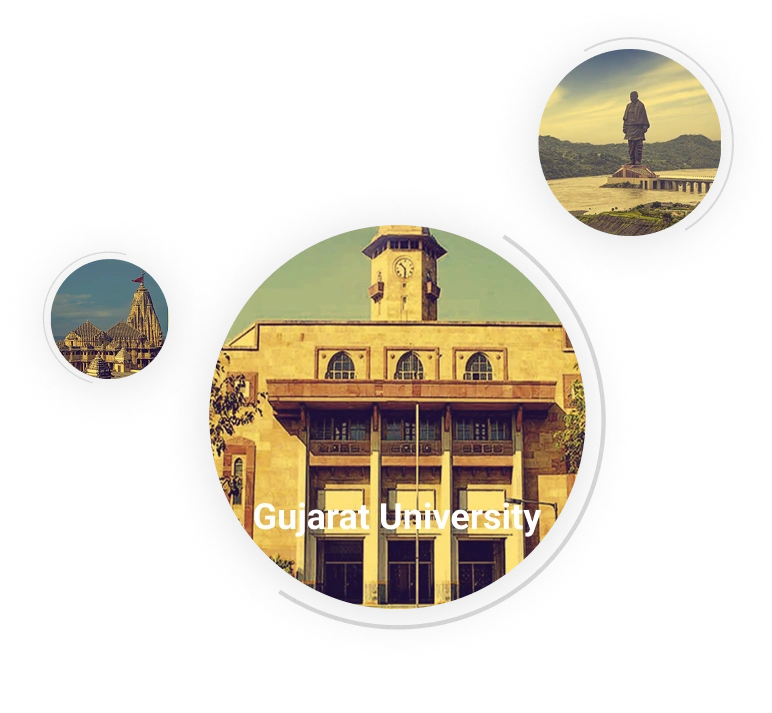Today the capital of Gujarat is Gandhinagar. The state has an amazing variety of topography ranging from deep green dense forests to white salt plains. More than 1500km of coastline is developed and is an entry point for international trade with the Middle East, Europe and the rest of the world. The water bodies on the coasts are home to some unique species. The flora and fauna of the state are devised so beautifully and geographically, that some of the special animal species like lions and tigers are only present in the state.
The state is the amalgamation of vast and varied culture, people, places, traditions, festivals and history due to outside influences. With every new invader, a new entrant came various ritual practices, cuisines, style of dressing, fairs and festivals, celebrations became a part of this amazingly diverse and beautifully wholesome state. This was possible because of the amount and variety of trade, commerce, the composition of the people, skills of the population, some geographical factors, and the human desire and ability to accept every viewpoint calmly.
Major cities of the state are Ahmedabad, Vadodara, Surat, Rajkot, Bhuj, Junagarh, Jamnagar.
Major ports are Kandla, Mandvi, Mundra, Sikka, Okha, Porbandar, Veraval, Bhavnagar, Salaya, Pipavav, Mahuva, Jafrabad, Hazira.
The religious composition of the state is Hindu 88.57%, Muslims 9.67%. Christian 0.52%, Sikh 0.10%, Buddhist 0.05%, Jain 0.96%, others 0.13%
The forest area of Gujarat is not much diversified because of meagre rainfall. The major types of plantations are babul acacias, capers, Indian jujubes, and toothbrush bushes (Salvadora persica-Daatun). In some parts teak, catechu (cutch), axle wood, and Bengal kino (butea gum) are also found. The state also produces valuable timbers, Malabar simal, and haldu. The major
Gir National Park, one of the highlights of not just the state but also India in the southwestern region of the Kathiawar Peninsula, contains rare Asiatic lions and endangered Indian wild asses. The Nal Sarovar Bird Sanctuary, near Ahmedabad, is a migratory spot for Siberian species and birds throughout winters. The Rann of Kachchh is India’s only ground for the greater flamingo.
The main occupation of Gujarat is agriculture, Population here is also involved in fishing activities, craft and art, flora and fauna management, diamond and textile industries. Gujarat is the main supplier of tobacco, groundnut and cotton in India.








































